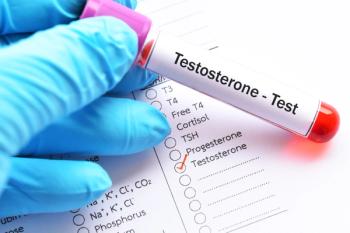
Explaining a Mystery of Insulin-Producing Cells to Find Treatments for Type 2 Diabetes
Work at the Karolinska Institutet has revealed a potential new therapeutic target in type 2 diabetes.
How can cells be insulin resistant and insulin sensitive at the same time?
Uncovering what’s behind this phenomenon could help lead to new treatments for type 2 diabetes (T2D), so researchers from the Karolinska Institutet of Sweden have been at work, searching for an explanation.
Barbara Leibiger, PhD, and Ingo Leibiger, PhD, both with the Department of Molecular Medicine and Surgery at the Karolinska Institutet, have published research Cell Reports on their work with insulin-producing beta cells that uncovers a mechanism behind the mystery.
Those with T2D suffer insulin resistance, which means their cells and organs are insensitive to insulin; persons with this condition respond by increasing the number of insulin-producing cells to hold blood glucose in check.
The Leibigers had previously shown that beta cells have 2 receptors with separate biological functions, insulin receptor A and insulin receptor B. In the new study, they report that when a person has diabetes, insulin receptor B can be insulin insensitive on one pathway, but that doesn’t stop insulin from activating the other pathway, which causes the beta cells to increase.
The factor that causes this switching mechanism is PI3K-C2α, which could represent a therapeutic target for future treatments.
"The results are important since it explains how the beta cell can go from a differentiated state to a proliferative state", says Ingo Leibiger. "This means that the cells change from being glucose-responsive to instead increase in number."
Reference
Leibiger B, Moede T, Paschen M, et al. PI3K-C2α knockdown results in rerouting of insulin signaling and pancreatic beta cell [published online September 17, 2015]. Cell Reports. 2015;
Newsletter
Stay ahead of policy, cost, and value—subscribe to AJMC for expert insights at the intersection of clinical care and health economics.















































